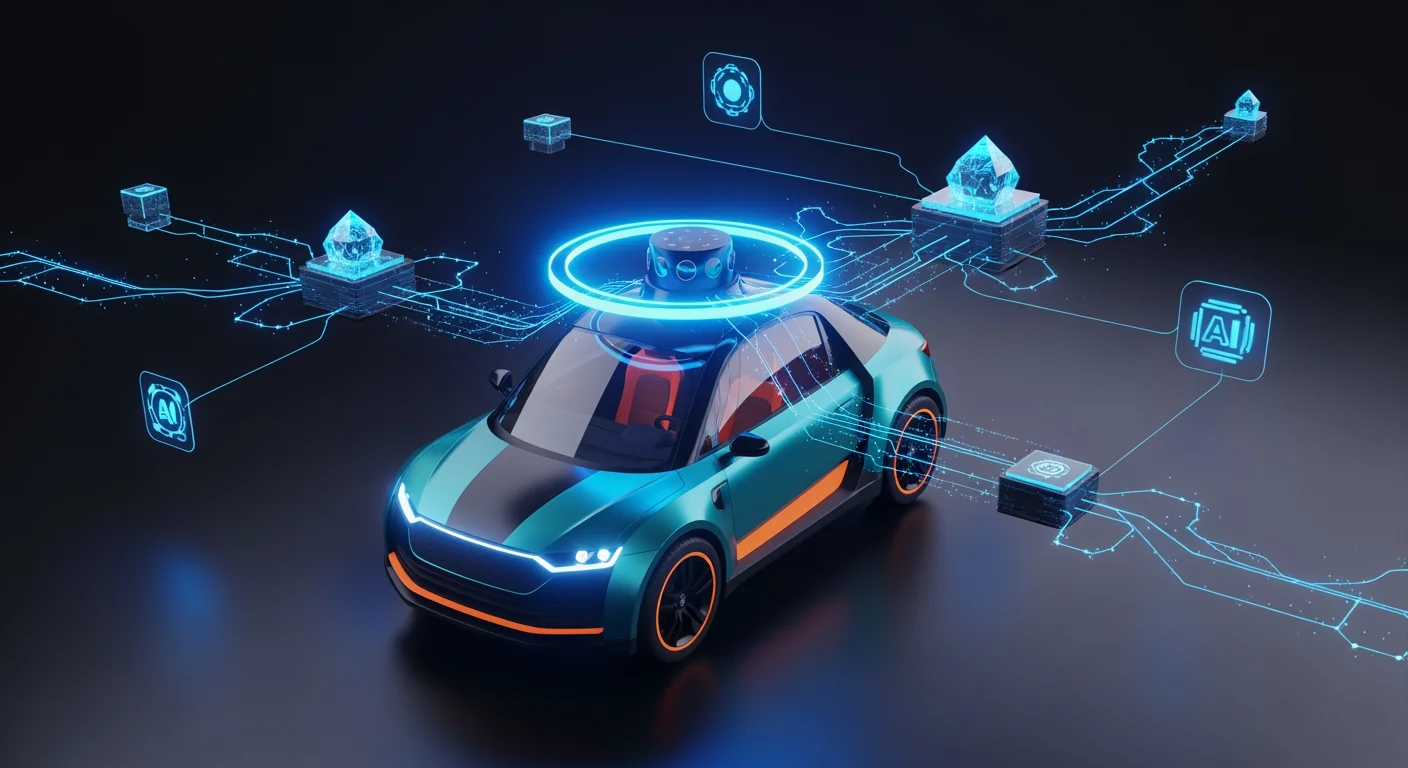Autonomous Vehicle Sensing Technologies

Autonomous vehicle (AV) designs vary in their reliance on LIDAR-based systems (e.g., Waymo, Cruise, Volvo), camera-based systems (such as Tesla Vision), and hybrid systems that combine LIDAR, cameras, and radar (e.g., Xpeng, Zoox). LIDAR provides precise 3D mapping, excelling in safety and adverse conditions, while Tesla's camera-based approach prioritizes cost and scalability but struggles with low-visibility scenarios. Hybrid systems strike a balance between safety and affordability, emerging as a future standard.
This report integrates specific safety metrics (e.g., Waymo's 92% reduction in injury claims, Tesla's 7.08 million miles per crash) and regulatory impacts (e.g., U.S. NHTSA guidelines, the EU's AV safety protocols). LIDAR leads in safety, hybrids show promise, and Tesla faces regulatory scrutiny due to crashes.
With the AV market projected to reach $557 billion by 2026, understanding these dynamics is critical for stakeholders.
Overview of competing sensor technologies shaping the path to Level 4 and 5 autonomy, including LIDAR-based, camera-based, and hybrid systems.
Data sources, safety metrics aggregation, regulatory analysis, performance metrics, and evaluation frameworks used in this report.
Detailed analysis of LIDAR-based systems, camera-based systems (Tesla Vision), and hybrid approaches with components and operations.
Comprehensive comparison of advantages, disadvantages, risks, safety metrics, and regulatory impacts of each sensing approach.
Assessment of Tesla versus other manufacturers using LIDAR-based and hybrid systems, including market position and performance.
Projections for LIDAR, camera-based, and hybrid systems through 2030, including cost trends, regulatory developments, and market adoption.
Continue reading this premium article
Unlock exclusive industry insights available only to subscribers
Exclusive Research
Proprietary data and analysis not available anywhere else
Competitive Edge
Stay ahead with forward-thinking strategies and insights
Expert Community
Connect with industry leaders and innovative thinkers
Unlimited Access
Unlock all premium content with a subscription







